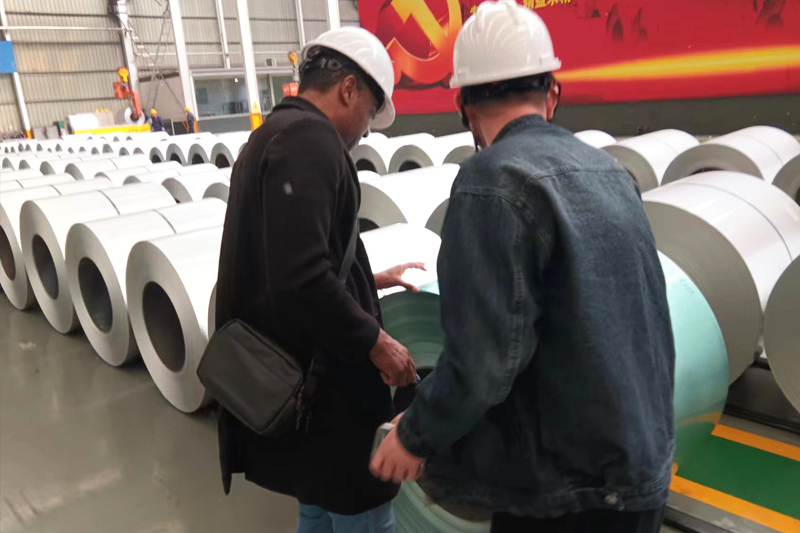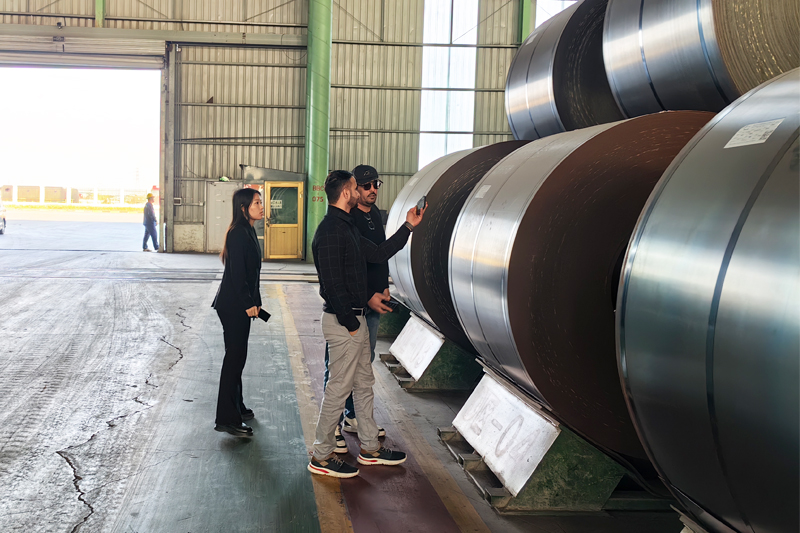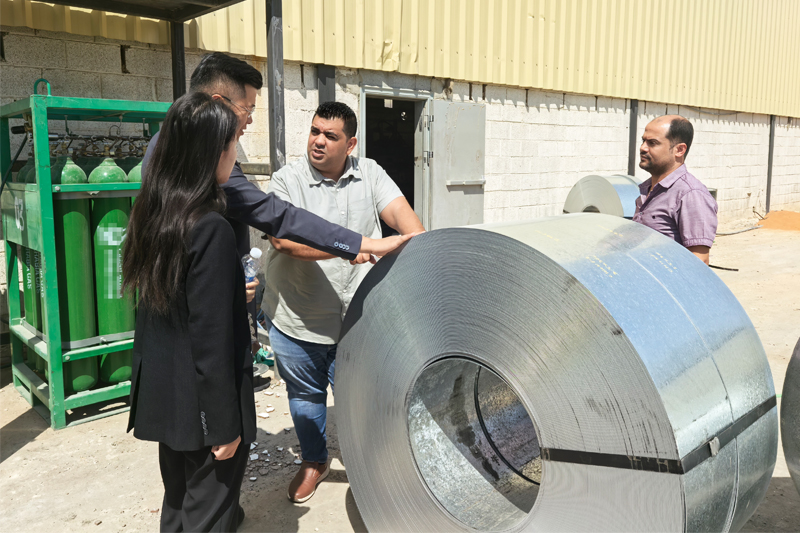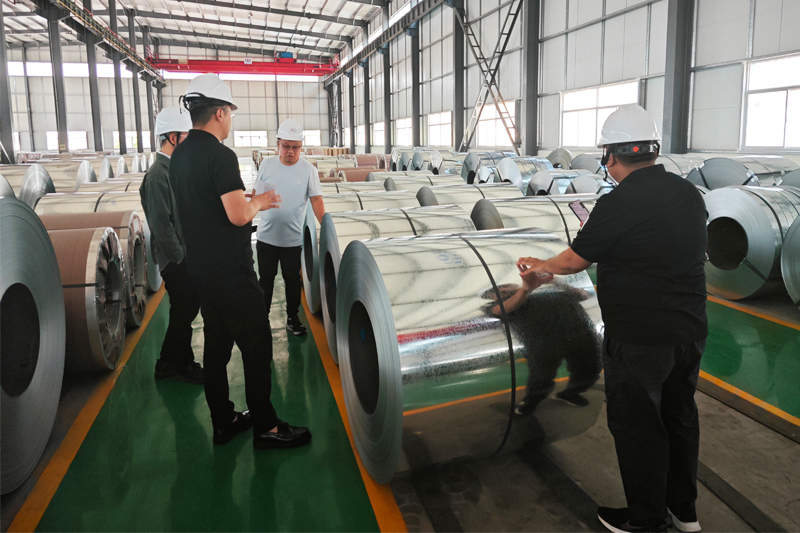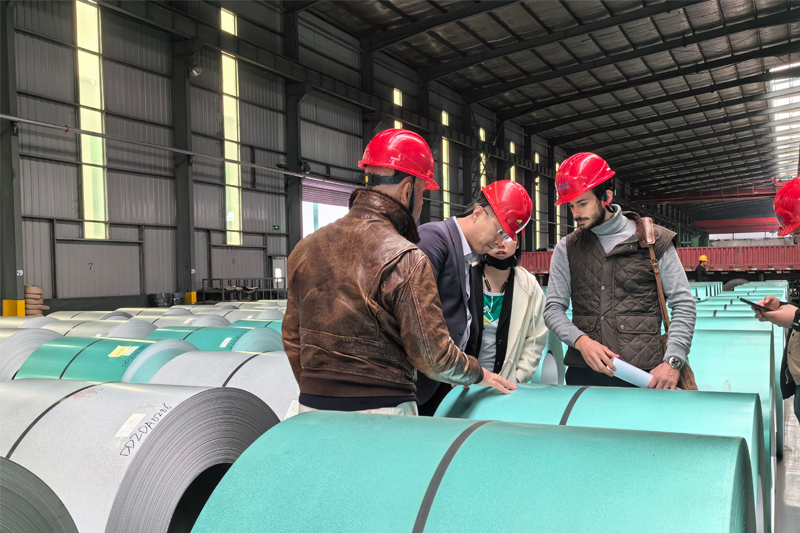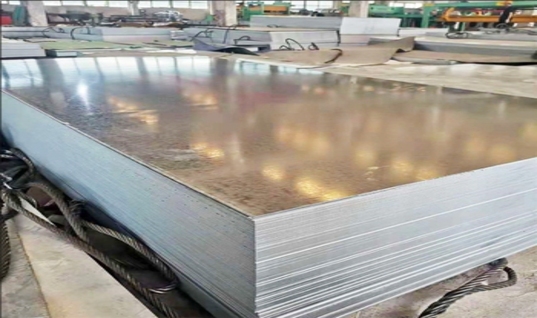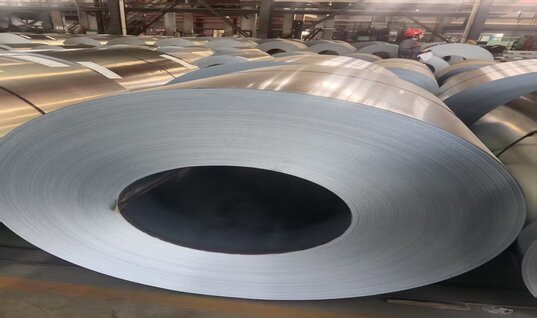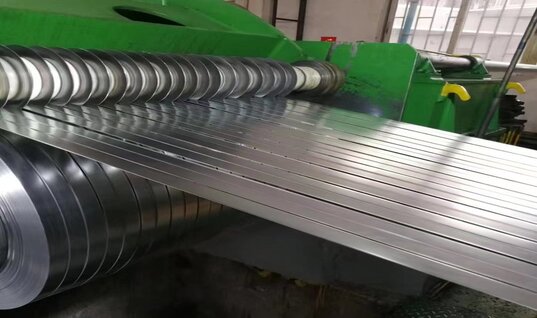In the realm of international trade, steel products play a crucial role, and their transportation via sea containers is a common practice. However, during the peak shipping season, the challenges of steel container loading become more pronounced. With increased demand for shipping space, stricter schedules, and the need to ensure the safety and integrity of steel cargo, optimizing the container - loading process is essential. This article delves into the key aspects of steel container loading, explores the problems encountered during the peak season, and provides in - depth analysis of effective optimization schemes, integrating the critical elements of steel container loading, maritime logistics optimization, and peak - season transportation plans.
Challenges of Steel Container Loading in the Peak Shipping Season
Space Utilization Constraints
Steel products come in various shapes and sizes, from long - length steel bars and pipes to heavy - duty steel plates. During the peak shipping season, when the availability of containers is limited, maximizing the utilization of container space becomes a pressing issue. Inexperienced loading strategies often result in wasted space, leading to higher transportation costs per unit of steel. For example, improper stacking of steel pipes may leave large voids that could otherwise accommodate additional cargo.
Cargo Securement Difficulties
The nature of steel, with its high weight and potential for shifting during transit, makes cargo securing a complex task. In the peak season, with the increased frequency of ship movements and potential rough seas, ensuring that steel cargo remains stable within the container is of utmost importance. Inadequate securing not only risks damage to the steel products themselves but also poses a threat to the safety of the entire shipment and the vessel.
Tight Schedules and Delays
Peak shipping seasons are characterized by congested ports, longer waiting times for berthing, and more frequent schedule disruptions. Delays in container loading can have a domino effect on the entire supply chain, causing subsequent delays in delivery, missed production deadlines for downstream manufacturers, and potential financial losses due to contractual penalties.
Optimization Schemes for Steel Container Loading
Precise Pre - loading Planning
- Cargo Classification and Measurement: Before loading, conduct a detailed classification of steel products based on their dimensions, weight, and shape. Accurately measure each piece of steel to create a digital model or a loading plan diagram. For instance, group similar - sized steel bars together and calculate the optimal stacking pattern to minimize space waste.
- Container Selection Optimization: Different types of containers, such as standard dry - boxes, open - top containers, and flat - rack containers, are suitable for different steel products. Select the most appropriate container type according to the characteristics of the steel cargo. For example, long - length steel pipes are better suited for open - top or flat - rack containers, which can accommodate their length without the restrictions of a standard container's height.
Efficient Loading Techniques
- Layered and Interlocking Stacking: Employ a layered stacking approach, where each layer of steel products is arranged in an interlocking pattern. For steel plates, stack them in a way that the edges of the plates in one layer fit snugly against the edges of the plates in the adjacent layer. This not only maximizes space utilization but also enhances the stability of the stack.
- Use of Loading Aids: Utilize loading aids such as dunnage, straps, and corner protectors. Dunnage materials, like wooden planks or plastic foam, can be placed between layers of steel to prevent scratches and damage during transit. Straps are essential for securing the cargo firmly to the container walls and floor, while corner protectors safeguard the vulnerable edges of steel products from impact.
Advanced Cargo Securement Strategies
- Dynamic Load Analysis: Leverage advanced software tools to conduct dynamic load analysis. These tools can simulate the movement of the container during transit, including acceleration, deceleration, and vibrations, and predict how the steel cargo will behave. Based on the analysis results, design a customized securing plan, such as the optimal number and placement of straps and the type of bracing required.
- Multi - point Securement: Instead of relying on a single - point securing method, adopt a multi - point securing approach. For large and heavy steel products, secure them at multiple locations on the container, distributing the load evenly and reducing the risk of shifting.
Integration with Maritime Logistics Optimization
- Route and Vessel Selection: In the peak season, carefully analyze different shipping routes and select vessels with a reliable track record of on - time arrivals. Consider factors such as the vessel's capacity, transit time, and the frequency of calls at major ports. By choosing the right route and vessel, the overall transportation time can be optimized, reducing the impact of potential delays.
- Real - Time Tracking and Communication: Implement a real - time tracking system for containers. This allows both shippers and receivers to monitor the location and status of the steel cargo at any time. In case of unexpected situations, such as port congestion or vessel breakdowns, real - time communication channels can be used to quickly adjust the transportation plan and minimize the impact on the supply chain.
In summary, optimizing steel container loading during the peak shipping season is a complex yet essential task for ensuring the efficiency and safety of maritime transportation. By implementing precise pre - loading planning, efficient loading techniques, advanced cargo - securing strategies, and integrating with overall maritime logistics optimization, the challenges associated with peak - season steel transportation can be effectively overcome. These optimization schemes not only reduce transportation costs but also enhance the reliability of the supply chain, enabling businesses to thrive in the highly competitive international steel trade market.


